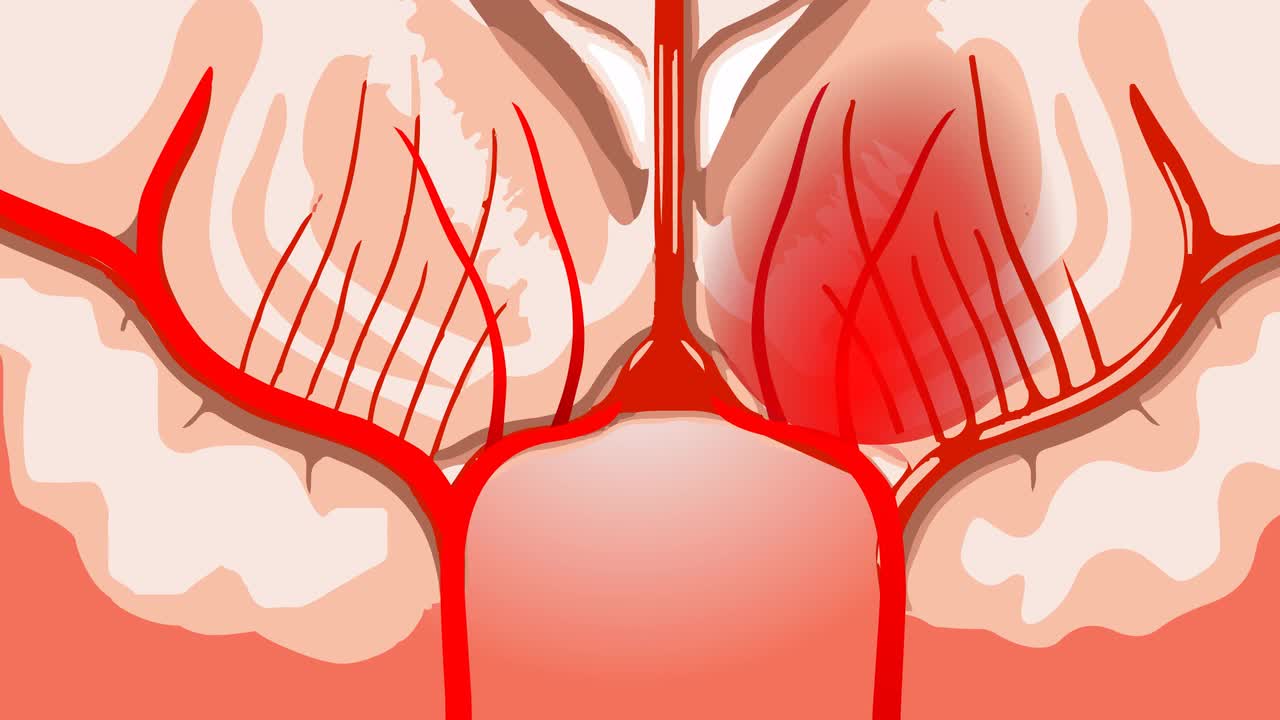Premium Only Content

Hemorrhagic Brain Stroke Disease
Hemorrhagic stroke
Hemorrhagic stroke occurs when a blood vessel in the brain leaks or ruptures. Brain hemorrhages can result from many conditions that affect the blood vessels. Factors related to hemorrhagic stroke include:
Uncontrolled high blood pressure
Overtreatment with blood thinners (anticoagulants)
Bulges at weak spots in your blood vessel walls (aneurysms)
Trauma (such as a car accident)
Protein deposits in blood vessel walls that lead to weakness in the vessel wall (cerebral amyloid angiopathy)
Ischemic stroke leading to hemorrhage
A less common cause of bleeding in the brain is the rupture of an irregular tangle of thin-walled blood vessels (arteriovenous malformation).
Transient ischemic attack (TIA)
A transient ischemic attack (TIA) — sometimes known as a ministroke — is a temporary period of symptoms similar to those in a stroke. A TIA doesn't cause permanent damage. A TIA is caused by a temporary decrease in blood supply to part of the brain, which may last as little as five minutes.
Like an ischemic stroke, a TIA occurs when a clot or debris reduces or blocks blood flow to part of the nervous system.
Seek emergency care even if you think you've had a TIA because your symptoms got better. It's not possible to tell if you're having a stroke or TIA based only on the symptoms. If you've had a TIA, it means you may have a partially blocked or narrowed artery leading to the brain. Having a TIA increases your risk of having a full-blown stroke later.
Risk factors
Many factors can increase the risk of stroke. Potentially treatable stroke risk factors include:
Lifestyle risk factors
Being overweight or obese
Physical inactivity
Heavy or binge drinking
Use of illegal drugs such as cocaine and methamphetamine
-
 0:56
0:56
KERO
3 years agoRabbit hemorrhagic disease detected in multiple states
44 -
 1:55
1:55
WPTV
3 years agoCases of rabbit hemorrhagic disease detected in Florida
18 -
 4:04
4:04
WMAR
4 years agoDeep Brain Stimulation Therapy - Parkinson's Disease
5.46K -
 9:10:30
9:10:30
Spartan
14 hours agoPro Halo Player | Grinding, Another day to try and get better
57.2K1 -
 2:31:12
2:31:12
Nerdrotic
11 hours ago $8.58 earnedCosmic Summit Recap, Skinwalker Ranch Season 6 | Forbidden Frontier #106
131K8 -
 3:04:51
3:04:51
This is the Ray Gaming
6 hours ago $4.11 earnedSunday Night With The Homies
34.7K3 -
 2:26:29
2:26:29
vivafrei
20 hours agoEp. 270: MASSIVE SCOTUS WINS! Big Beautiful Bill! New-Scum Sues! Diddy Watch! Big Apple Rot & MORE
149K134 -
 8:38:54
8:38:54
a12cat34dog
14 hours agoTHE *NEW* KRATOS IS EPIC :: God of War (2018) :: FIRST-TIME PLAYING {18+}
46.5K3 -
 3:12:50
3:12:50
EricJohnPizzaArtist
4 days agoAwesome Sauce PIZZA ART LIVE Ep. #52: GEYCK!
43K3 -
 57:30
57:30
RiftTV/Slightly Offensive
10 hours agoTHIS is Where It ALL Went Wrong.. The Rise of NEOCONS | Rift Book Club | B1E2
66.5K43